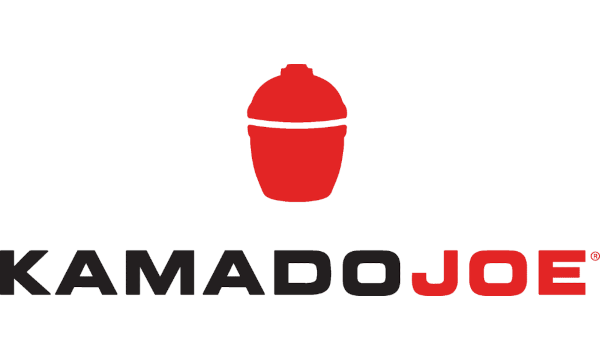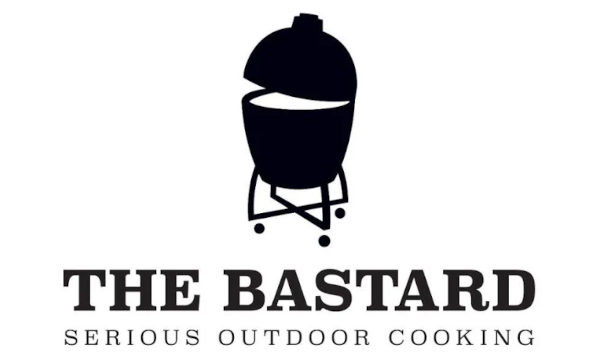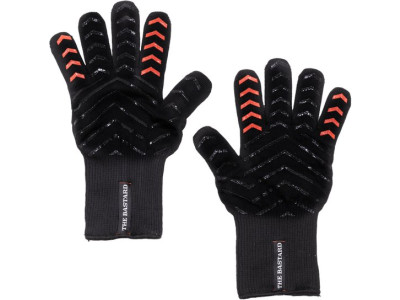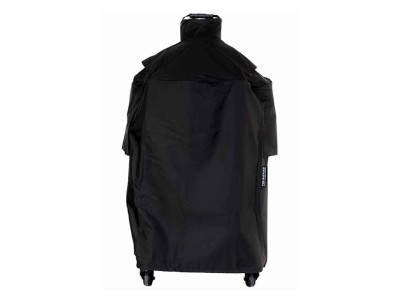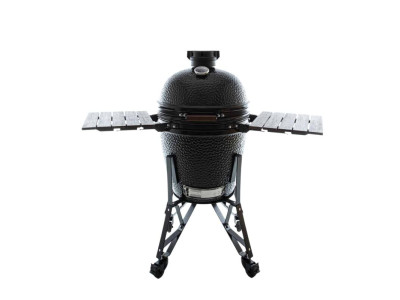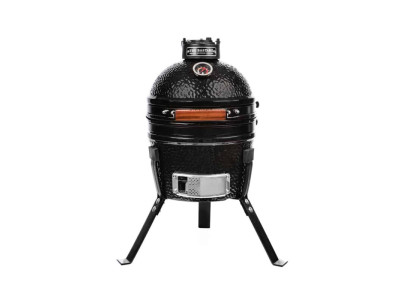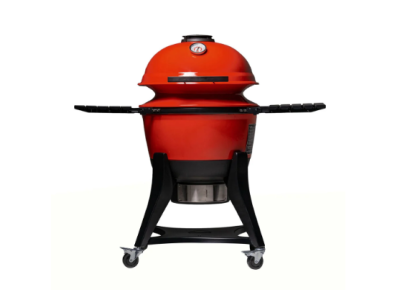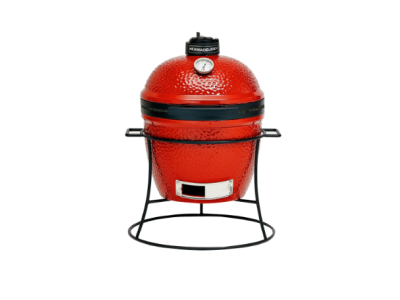Kamados
Sale
Premium Products
What is a Kamado?
A kamado is far more than just a simple cooking tool; it represents a culinary legacy. Originating from China and perfected in Japan, the kamado is an oval-shaped ceramic oven. Its unique design is not only aesthetic but also crucial for its functionality. The oval shape and ceramic construction allow for even heat distribution, making them extremely efficient and versatile. They can be used for a wide range of culinary techniques, from grilling and smoking to baking, offering exceptional results in flavor and texture. The kamado gained popularity in the West, especially in the U.S. post-World War II, and is now a favored tool among both professional chefs and outdoor cooking enthusiasts.
How Does a Kamado Work?
The efficiency of a kamado lies in its design and material. It operates on the principle of circulating hot air in a closed ceramic environment. The ceramic's powerful heat retention ability allows the kamado to maintain consistent temperatures for extended periods. The hot air rises and circulates inside the kamado during cooking, creating a uniform cooking environment. This constant air circulation allows for precise temperature control, ideal for slow cooking and techniques that require exact heat management. The heat retention makes the kamado fuel-efficient, making it a sustainable and economical option.
What Type of Charcoal Does a Kamado Use?
Choosing the right charcoal is crucial for the optimal performance of a kamado. Although these ovens are compatible with both charcoal and wood, charcoal is preferred for its ease of use and consistency. The best type of charcoal for a kamado is one that burns cleanly and evenly, like natural lump charcoal. This kind of charcoal provides intense and lasting heat, essential for the effectiveness of the kamado. Moreover, good quality charcoal produces less ash and helps maintain a consistent temperature inside the oven, resulting in more uniform and flavorful cooking of the food. The quality of the charcoal directly affects the quality of cooking, so it is important to choose high-quality charcoal to achieve the best results in your kamado.
Types of Cooking with a Kamado
Kamados are extraordinarily versatile and adapt to a variety of culinary styles. The unique shape and heat retention capacity of the kamado make it ideal for various cooking techniques. It can be used for direct grilling over the coals, perfect for meats and vegetables, imparting a characteristic smoky flavor. It is also exceptional for smoking, thanks to its precise temperature and airflow control. Baking is another strength of the kamado; its closed environment and even heat distribution make it an ideal oven for bread, pizzas, and pastries. Additionally, its ability to maintain low and consistent temperatures makes it perfect for slow and delicate cooking, such as stews and casseroles.
Advantages of Kamados over Other Barbecues
Compared to traditional charcoal or gas barbecues, kamados offer several notable advantages. First, their ability to maintain and distribute heat evenly results in more consistent and efficient cooking. This means that food not only cooks more evenly but also retains its moisture better, resulting in juicier and more flavorful dishes. In terms of fuel efficiency, kamados are superior due to their excellent heat retention, which reduces the amount of charcoal or wood needed. Additionally, the durability of ceramic in kamados makes them more resistant to weather conditions and wear compared to metal barbecues, making them a long-term investment.
Maintenance and Cleaning of Kamados
Despite their robustness and sophistication, kamados are relatively easy to maintain. Their ceramic design is simple to clean, and most models include an ash collection system that facilitates this task. To keep a kamado in optimal condition, it is recommended to regularly clean the ventilation grilles and cooking surfaces, as well as to empty and clean the ash collector after each use. It is also important to perform periodic inspections of the gaskets and metal components to ensure proper functioning. With proper maintenance, a kamado can provide years of culinary enjoyment.
Selection of Kamados in the Market
When selecting a kamado, it is important to consider several factors to ensure that it fits your culinary needs and available space. Size is a crucial factor; kamados come in a variety of sizes, from portable models ideal for small spaces or picnics to larger options suitable for feeding a large group. The quality of the ceramic is another important aspect, as it determines the efficiency and durability of the kamado. Additionally, some models offer additional features like integrated thermometers, adjustable grates, and special accessories to expand cooking options. The selection of a kamado should be based on a combination of personal preferences, culinary needs, and budget.
